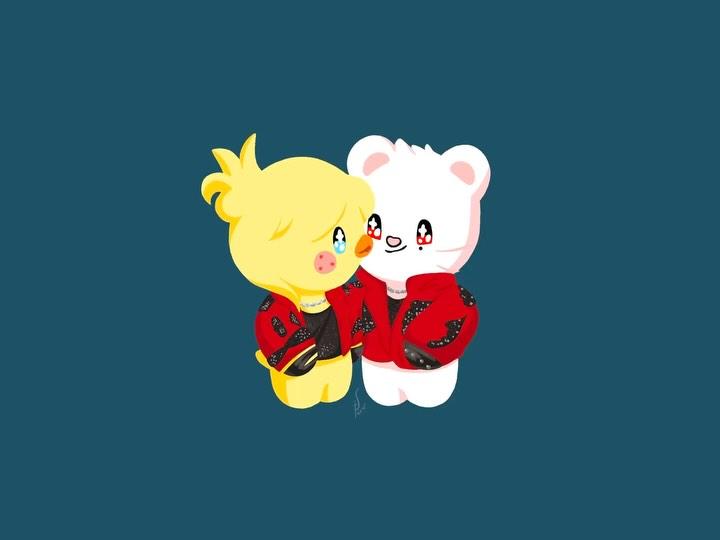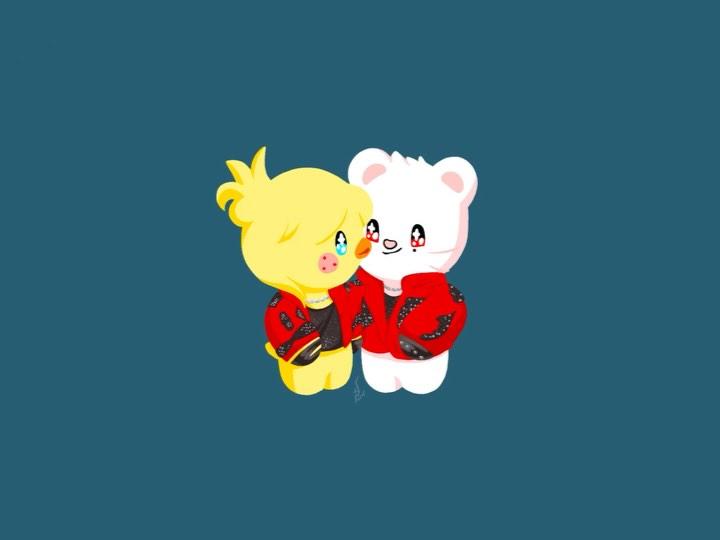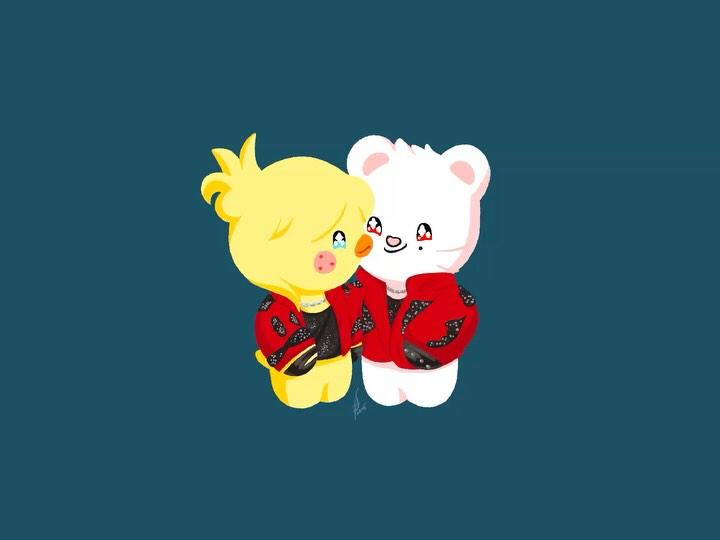**Introduction:**

The internet is ablaze. It started with a concerning post from a daughter, hinting at a potentially dangerous obsession within the Stray Kids fandom – a fixation so intense it threatens to trigger a “strangling” by Lee Know and IN. This wasn’t just fan excitement; it was a descent into a dangerous level of “delulu” (delusional) behavior, amplified by a seemingly coordinated obsession with specific members and a ritualistic pursuit of “pulls.” As we delve deeper, the picture becomes increasingly unsettling, revealing a potential crisis brewing within the heart of STAY.

**Body:**

The initial post, detailing the daughter’s anxieties, sets the stage. It’s quickly followed by a concerning pattern: fervent pleas to “summon” Bang Chan through Genshin pulls, repeated references to bizarre “delulu” scenarios, and a desperate need to connect with STAY. The obsession with “Skirk” – a term seemingly pulled from a GenShin Impact obsession – becomes a central thread, mirroring the ritualistic pulls demanded by Chan, who simultaneously offers friendship while deliberately withholding vital information.
The posts revealing exhausted performances, “seven-seven messages” flooding STAY’s inboxes, and the unsettling focus on specific members like Seungmin and IN highlight a collective, almost manic, need to validate their obsession. It’s not simply admiration; it’s a need for tangible interaction, a desire to participate in a ritualistic “summoning” that offers no real answers and feeds the cycle.
The frantic attempts to document every detail – from capturing the “min-sungi-stas” (a blend of Minho and Seungmin) enduring “hate,” to photographing banners created by STAY, underscore a desperate need for a shared narrative, a collective delusion that provides a sense of purpose. Remarkably, the obsession intensifies when a STAY member details a seemingly random encounter at a bus stop, seeking a connection to one of the idols, even fabricating a desperate need to defend “the cat,” highlighting the profound impact the boys have on their fans’ perception of reality. Furthermore, the detailed accounts of exhaustion, frantic attempts to document every moment, and the constant fear of missing out clearly expose a potential issue with mental health within the fandom.
Notably, the obsession with “falling up” is a concerning element due to the members’ struggles with physical and mental well being and the potential for fans to prioritize this over the health and well-being of those they adore.
**Conclusion:**
The situation is far more than just passionate fandom; it’s a potentially dangerous descent into a collective delusion. While enthusiasm is a hallmark of devoted fandoms, the level of intensity, coordination, and ritualistic behavior documented here raises serious questions about the mental well-being of STAY. It’s a chilling reminder of the powerful, and sometimes unsettling, effects of idol obsession, demanding a conversation about the boundaries between fandom and reality – before the “delulu” reaches a breaking point.



